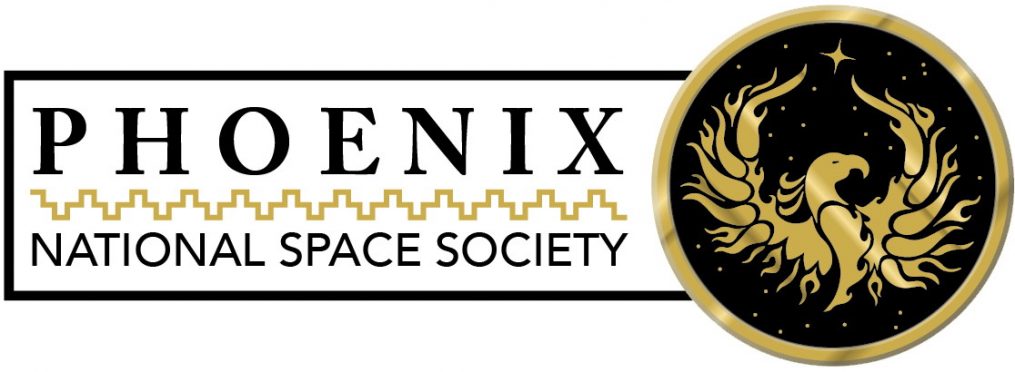Commentary by Mike Mackowski
There are some cool things going on in space exploration, and these are developments that involve true exploration. There are also a lot of things going on behind the scenes regarding how the National Space Society operates, and these can get rather tedious.
First, the awesome stuff. We are getting our first close look at two very interesting solar system bodies, Pluto and Ceres (not to mention Pluto’s several moons). Ceres, with its mysterious bright spots, get more and more intriguing as the images continue to get better. As the New Horizons spacecraft approaches Pluto, we are finally starting to see the dim planet’s personality take shape. The next couple of months will be fun and exciting.
There have also been some interesting developments in experimental space technology. The privately funded LightSail, a cubesat sponsored by the Planetary Society, successfully deployed a solar sail in low Earth orbit in early June. This technology has the potential for low cost, deep space missions with this new capability to move around the solar system. There are constraints, certainly (you don’t get anywhere fast, and it doesn’t work well in the darker deep reaches of space), but it is great progress. It is also refreshing to see success by a non-government sponsor of such technology.
Another technology demonstrator, NASA’s Low-Density Supersonic Decelerator (LDSD), did not fare so well. This inflatable heat shield and high speed aerobrake was tested again near Hawai’i, but the supersonic parachute disintegrated shortly after deployment. They had similar issues on a previous flight, and despite what might be considered a failure, this is how you learn. By observing a failure, you understand the limits of the design, and can now go back and fix it.
These demos are great examples of how we are advancing the technology that will expand humanity into the solar system. But on the policy level, I don’t think we are making as much progress. I think most people can agree on the goal of expanding mankind into space, but not on the path to get there. You have factions supporting SLS or commercial space, NewSpace versus traditional aerospace firms, etc. This week I was observing an email debate between lunar railguns versus lunar space elevators. In my view, that is a moot argument (especially for a forum on chapter issues), since neither one is going to happen any time soon. There was also a debate on how NSS should deal with the partisan bickering in Congress over NASA’s budget. I doubt that NSS has any influence over the eventual outcome, but we sure wasted a lot of energy arguing about it on teleconferences and emails.
From my perspective as the local leader of the Phoenix Chapter of NSS, I am looking for ideas and resources from my NSS national leadership on how to sponsor effective local events, how to recruit more members, etc. While lunar elevators versus railgun launchers may be an interesting academic discussion, that is not helping me figure our how to convert some new young space enthusiasts into future leaders of NSS at the local or national level. I fear that if these young candidate leaders are exposed to the constant internal bickering, pointless debates, and ineffective meeting management that is so typical of NSS, they will want nothing to do with the group on any level. As an organization, NSS needs to grow up and become more professional in how they set policy, support local chapters, and establish their public image. The Society’s tedious tendencies in these areas may be the very reason there are so few younger people willing or interested in becoming more active and involved.







You must be logged in to post a comment.